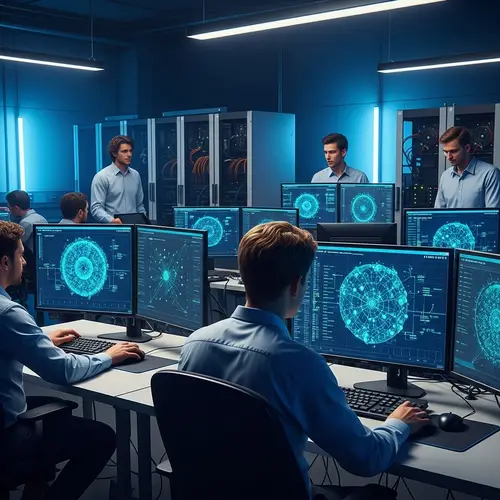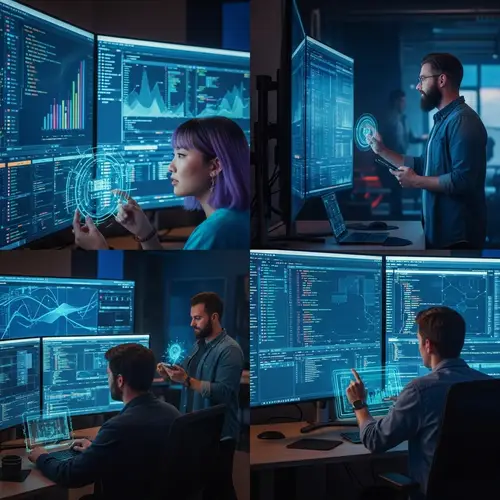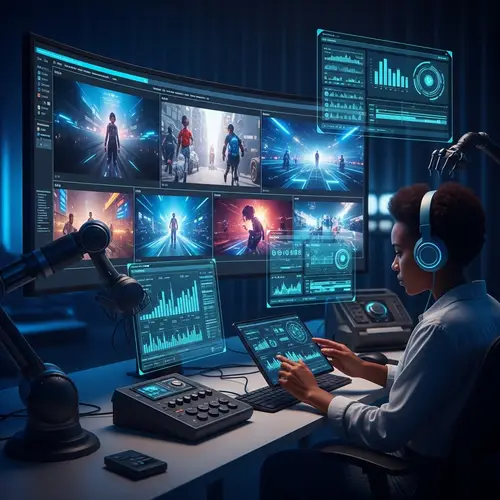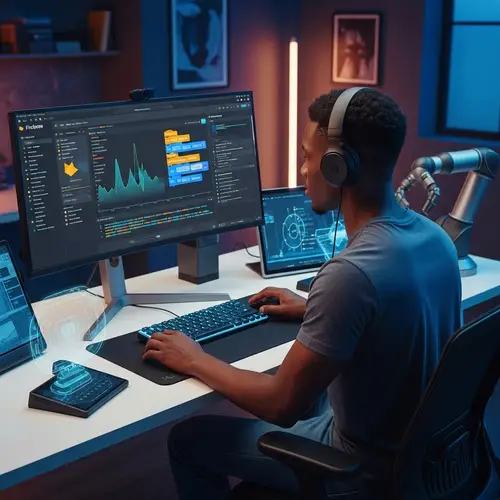Deepseek R2 Model Delayed by US Export Controls and Nvidia Chip Shortages

In a year jammed with cutting-edge AI launches, China-based Deepseek was set to drop its next-generation Deepseek R2 AI model. But in a twist highlighting how geopolitics is reshaping tech timelines, the company announced a delay due to two major issues: US export controls and the global shortage of Nvidia’s high-performance GPUs. It’s a frustrating — and telling — moment for AI development, to say the least.
What Is the Deepseek R2 Model?

Deepseek R2 is the highly anticipated follow-up to Deepseek 1.0, an open-source, GPT-style model launched in December 2023. Built on the Transformer architecture (the same neural network structure underpinning OpenAI’s GPT models), Deepseek R2 was expected to rival western counterparts in both raw capability and applicability across languages — Chinese especially.
With Deepseek 1.0 coming in at 236 billion parameters, the next-gen model was rumored to be even more powerful and fine-tuned, potentially closing the gap China faces in foundational AI technologies dominated by U.S.-based firms.
What’s Holding the Launch Back?

The Deepseek R2 Model Delay Tied to Export Restrictions
First up: US export controls. Since 2022, the U.S. government has steadily tightened restrictions on advanced chip exports to China — particularly GPUs made by Nvidia. These chips, like the H100 and A100, are essential instruments for training large AI models due to their massive compute capacity.
In October 2023, these rules got stricter. Even tailored, slower variants like the A800 and H800 — Nvidia’s attempt to serve the Chinese market without breaching regulations — are now restricted. That leaves Chinese AI developers scrambling for alternatives, which are often slower, pricier, or less efficient.
The impact on Deepseek R2? Immense. No access to optimal training hardware means difficulty scaling models or training with the speed and precision needed to compete globally. This is where the phrase Deepseek R2 impact of US export controls becomes more than just a headline — it’s a central bottleneck in China’s race to develop sovereign AI tools.
Deepseek R2 Model’s Nvidia Chip Shortage Woes
Even absent export bans, another major hurdle is the Nvidia chip shortage.
Nvidia’s H100 GPUs are currently the crown jewels of AI compute. But thanks to surging global demand from players like OpenAI, Meta, Google DeepMind, and Amazon, these chips are hard to get — especially in bulk. Chinese buyers, now relegated to older or slower units, face both availability and performance issues.
Deepseek’s team echoed this pain point in a recent developer update, saying that while model architecture and training techniques are ready, the core issue lies in accessing adequate compute power. The phrase Deepseek R2 model Nvidia chip shortage sums this up better than any press release ever could.
Why This Delay Matters (Far Beyond Deepseek)

China’s AI Strategy Faces Fresh Headwinds
Deepseek’s delay isn’t just a scheduling issue — it’s a symptom of a deeper challenge in China’s AI ecosystem. With fewer domestic alternatives to Nvidia (companies like Biren and Huawei’s Ascend processors remain works in progress), the country must now lean harder into developing its own semiconductor supply chain.
This moment also underscores the increasing difficulty of open-source AI development under geopolitical constraints. Whereas models like Meta’s LLaMA and Mistral’s Mixtral benefit from relatively open environments, Chinese companies walk a tightrope.
What Precisely Sets Deepseek R2 Apart From the Swarm?
Unlike some Chinese labs building closed models for select commercial use, Deepseek adopted an open-source strategy with Deepseek 1.0 — a rare move in an AI landscape shifting back toward walled gardens. They also integrate native Chinese language processing at scale, an area where western models often underperform.
In other words, Deepseek wasn’t just producing another large language model (LLM). It’s an illustration of China’s ambitions for public, general-purpose AI — and how those plans are running into hard, physical limits.
How Developers and Users Are Affected

For engineers who planned to build on top of Deepseek R2, this delay represents more than just waiting another few months. Projects involving language translation, local chatbot development, and regional search engines are all in limbo. Researchers hoping to benchmark or fine-tune Deepseek R2 against other models must now sit tight.
As for enterprise users in China seeking a locally developed open-source base model with competitive performance? They may increasingly look elsewhere — or settle for less capable but locally available alternatives.
It’s a looming question in tech right now: If the best instruments for model training are locked behind borders, where does that leave global innovation?
5 Key Questions About Deepseek R2’s Delay
Deepseek cited two primary reasons: the impact of recent U.S. export controls and a global shortage of Nvidia AI chips required to train large-scale models effectively.
They need high-end GPUs like Nvidia’s H100 and A100, which offer massive parallel processing capabilities necessary for LLM training. These are now restricted under U.S. rules and in short supply globally.
Some are experimenting with domestic alternatives like Huawei’s Ascend series or Biren chips, but none match Nvidia’s performance yet. Switching may compromise quality or extend training timelines significantly.
Yes, but timelines are uncertain. The company has reassured developers that the model is nearly ready and will be released once sufficient compute resources become available.
It highlights how fragile China’s AI ambitions remain without a robust domestic chip industry. Delays like this slow both innovation and competitiveness in core tech sectors.
Final Thoughts: What This Means for the AI Race

The Deepseek R2 model delay isn’t just another product hiccup — it’s a red light in the fast lane of AI development. Whether due to diplomatic chess moves or supply chain bottlenecks, the fact remains: progress in AI hinges not only on algorithms, but on access. And right now, access is fractured.
Tech watchers should see this as a pivot point. Will China double down on its own semiconductor stack? Will companies like Deepseek find workaround pathways via distributed training or hybrid cloud solutions? Or will geopolitics continue reshaping where—and how—AI gets built?
Whatever happens, one truth is clear: the future of AI development isn’t just about who has the best engineers. It’s also about who gets the chips.
Curious where Deepseek—and global AI development—goes next? Stay tuned, follow our coverage, and join the conversation. The silicon chess game is just beginning.




